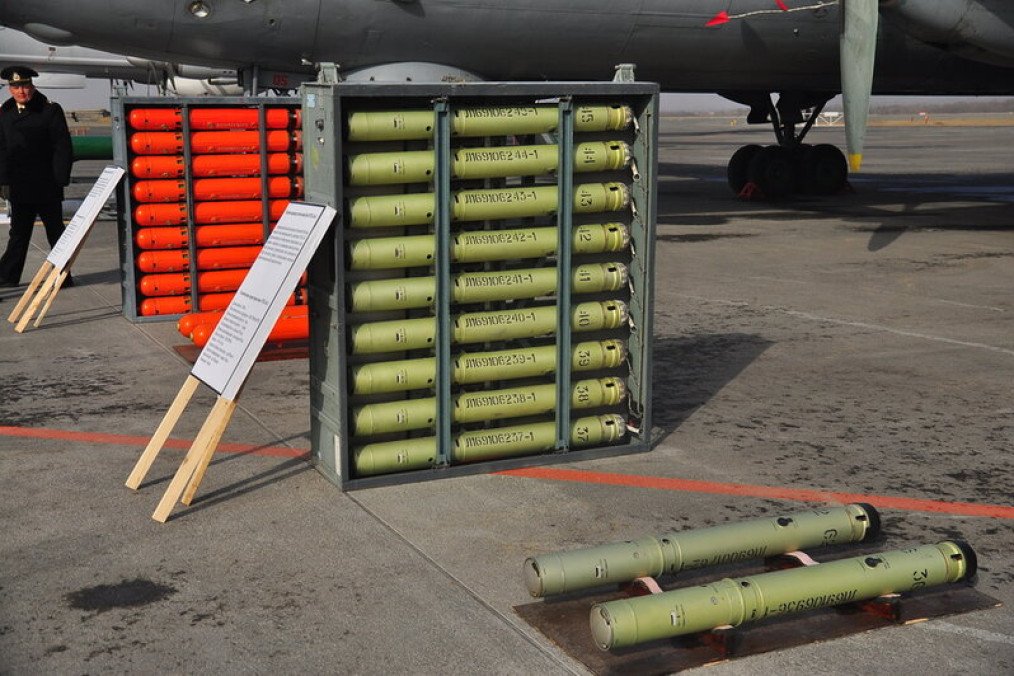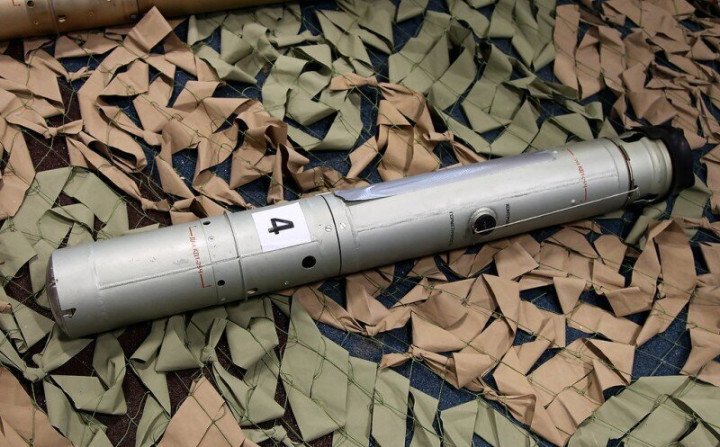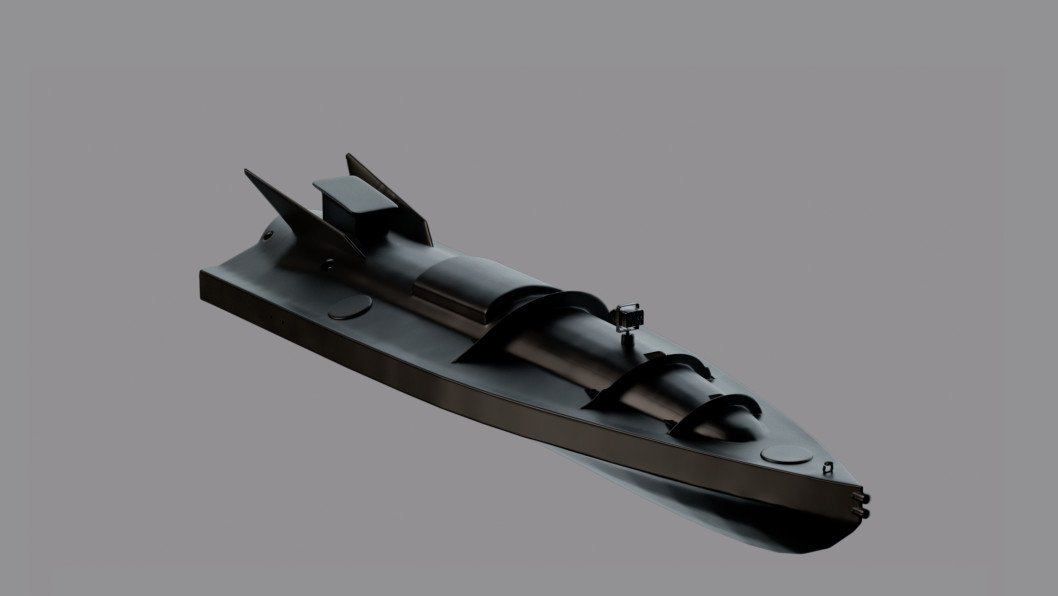- Category
- Latest news
Russia Forced to Develop Specialized Buoys to Detect Ukrainian Maritime Drones

Russia introduced the “Aqua” buoys, designed specifically to locate Ukrainian maritime drone. Although details on these devices remain sparse, their significance cannot be overlooked as they represent a tactical shift in Russia’s approach to maritime threats.
Russia equipped its patrol aircraft with hydroacoustic buoys of the RGB type to enhance its maritime surveillance capabilities.
Operational principles of hydroacoustic buoys
According to Defense Express, hydroacoustic buoys function by being deployed in targeted areas of the sea, where they listen for various underwater sounds that may indicate the presence of maritime targets. These buoys are typically deployed from specialized patrol aircraft and anti-submarine helicopters, which are staffed by operators responsible for interpreting the acoustic signals received.
The operational timeline for these buoys is limited, as they rely on onboard power sources. Their effectiveness hinges on several factors, including the volume of production, the areas of the Black Sea that can be adequately monitored, and the locations of operational centers where personnel can analyze the data collected.
Production capabilities and limitations
Five main types of existing hydroacoustic buoys in the Russian Navy include:
- RGB-1: Weighs 14 kilograms with a 45-minute active operational time and a detection range of up to 2 kilometers for underwater targets.
- RGB-2: Similar to RGB-1 but weighs 40 kilograms.
- RGB-3: A larger unit weighing 185 kilograms, with only 5 minutes of active operation and a detection range of around 2 kilometers.
- RGB-16: Offers up to 5 hours of continuous operation, with unspecified detection range.
- RGB-55: Claims a detection range of up to 5 kilometers with a data transmission range of 30 kilometers.

These specifications indicate a potential inadequacy in detecting smaller maritime drones, such as those used by Ukraine, which operate close to the water’s surface and present a significantly smaller acoustic profile compared to submarines. This limitation necessitated the creation of the specialized “Aqua” buoys, designed specifically for this purpose.

Strategic implications
The development of the “Aqua” buoys underscores a recognition within Russian military circles of the challenges posed by Ukrainian drone technology. The inability to effectively utilize compact radar systems or ground-based electronic warfare stations aboard naval vessels illustrates the limitations of existing Russian capabilities.
As Russia continues to refine its defense strategies against unmanned maritime threats, the deployment and effectiveness of these buoys will be closely monitored. Future operations in the Black Sea may depend significantly on how well these devices can perform their intended functions in real-world conditions.






